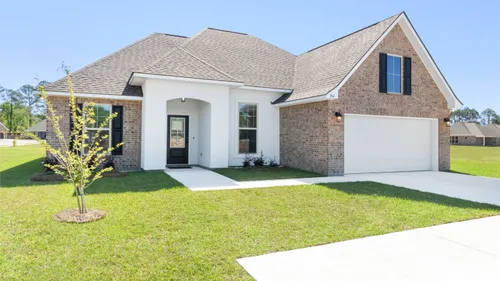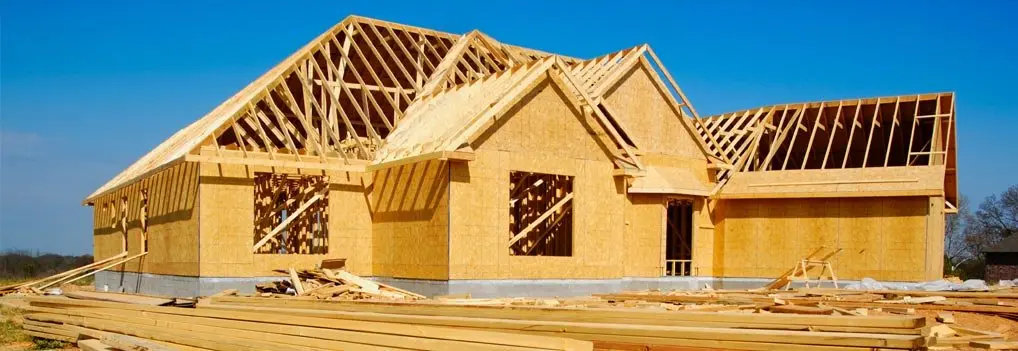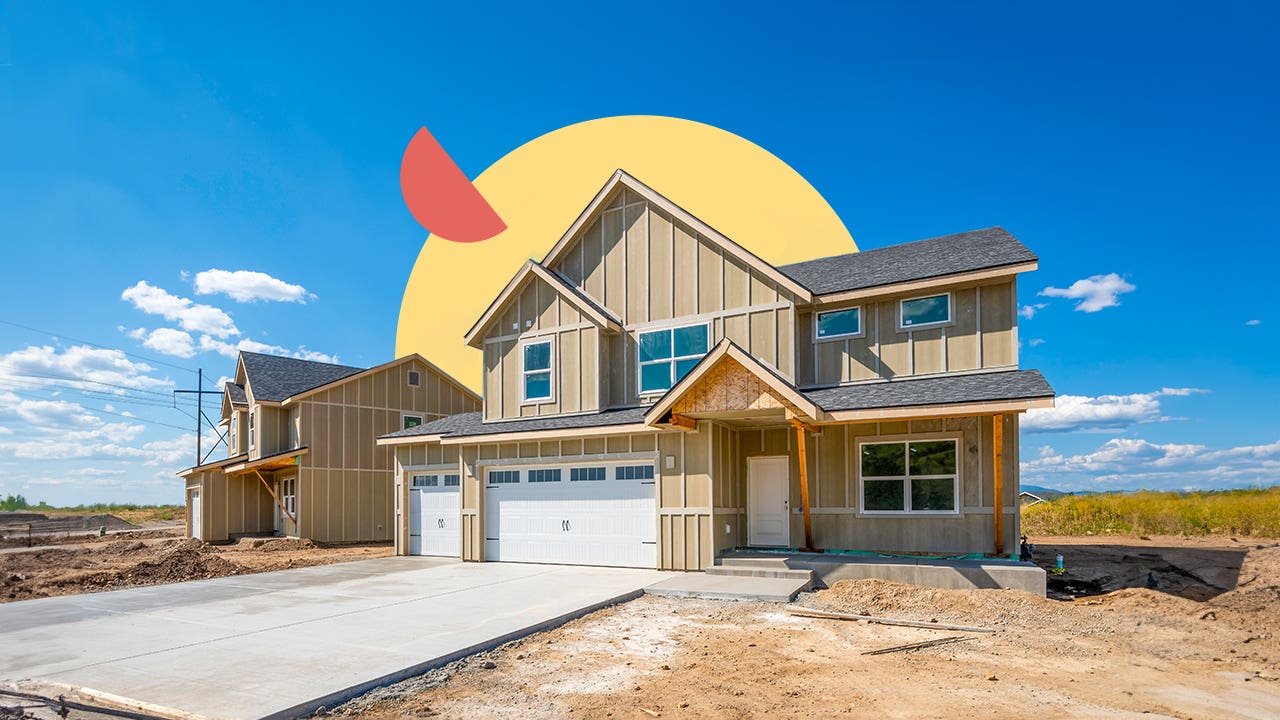How a General Contractor Can Transform Your Usual Areas Into Practical Areas
The makeover of typical locations into functional rooms is a nuanced process that needs a general contractor's knowledge in analyzing particular area needs and making tailored options. By considering factors such as format, ease of access, and visual appeal, a service provider can produce settings that not only serve sensible purposes yet likewise foster area engagement.
Assessing Current Common Location Requirements
When reviewing common areas, it is important to recognize and comprehend the certain demands of the community they offer. This process begins with a detailed assessment of current use patterns, which entails gathering data on foot website traffic, top usage times, and tasks taking area within these areas. Engaging with community participants through studies or meetings can provide useful insights into their preferences and difficulties.
Following, it is very important to take into consideration the group make-up of the neighborhood, consisting of age, way of living, and any kind of unique requirements that might impact exactly how these areas are used. Households with young youngsters may need play locations, while older grownups may prioritize ease of access features.
In addition, evaluating the existing framework and services is critical. Recognizing locations that are underutilized or in demand of repair service can notify possible renovations. Working together with stakeholders, such as building supervisors and local companies, makes sure that the assessment mirrors a thorough understanding of the community's needs.
Ultimately, a precise examination of existing typical area requires prepares for reliable improvements, permitting the production of spaces that promote interaction and enhance the total quality of life within the area.
Creating for Performance and Aesthetic Appeal
A comprehensive understanding of neighborhood needs sets the phase for efficient layout that balances capability and looks alike locations. Successful design calls for a thoughtful method that takes into consideration both the practical uses the area and the visual allure that enhances the atmosphere.
Functional layout involves producing rooms that accommodate the certain tasks and interactions of the community. This might consist of adaptable seating arrangements for events, obtainable paths for individuals with wheelchair obstacles, or marked locations for recreational activities. Each aspect has to offer an objective while guaranteeing simplicity of activity and convenience for individuals.
The option of colors, materials, and lighting can substantially affect the understanding of a room. In addition, aligning the design with the area's social identification can cultivate a feeling of belonging and pride.
Budgeting and Resource Allocation
Efficient budgeting and resource allotment are vital parts in the effective transformation of usual locations. A well-defined spending plan lays out the monetary specifications within which the task have to run, ensuring that expenses are managed and resources are successfully used. This begins with an extensive analysis of project demands, including style elements, products, and labor.

A general professional plays an essential duty in this stage, collaborating with stakeholders to develop practical spending plan quotes that line up with the desired vision. By prioritizing crucial functions and checking out cost-efficient alternatives, the specialist can enhance costs without compromising high quality.
Source allowance involves strategically appointing personnel, equipment, and materials to different phases of the job (Bathroom Remodeling Indiana). This calls for cautious preparation to stay clear of delays and make certain that each component is supplied navigate to this site on time. Additionally, normal tracking of expenditures against the spending plan aids to determine possible overruns early, enabling timely adjustments
Handling Construction Refine Efficiently
Managing the construction procedure efficiently is necessary for accomplishing prompt job conclusion and keeping budget plan integrity. A well-coordinated method involves precise planning, clear communication, and efficient resource monitoring. General specialists need to develop a comprehensive task timeline that outlines each phase of construction, enabling for the recognition of important milestones and possible bottlenecks.
Routine progression conferences about his are critical for keeping all stakeholders informed and straightened. These meetings facilitate the prompt resolution of issues, ensuring that the job remains on track. Furthermore, using job monitoring software application can enhance communication, track development, and handle documentation, lowering the chance of misconceptions and delays.
Efficient resource allotment is additionally critical. By making sure that products, labor, and equipment are offered when required, general service providers can prevent pricey interruptions. Implementing a positive technique to risk management more improves performance, as it enables the recognition and reduction of potential difficulties before they escalate.

Ensuring Compliance and Top Quality Criteria
Conformity and high quality standards are essential to the success of any kind of construction project, ensuring that the ended up rooms not only satisfy customer assumptions however additionally comply with regulative needs. A general contractor plays a critical duty in applying these requirements throughout the construction process.
First, it is vital for the service provider to stay updated on regional structure codes, safety policies, and market finest methods. This knowledge enables them to direct style options and material options that align with compliance requirements. Routine assessments and top quality analyses look at this site throughout the building and construction stage help to identify potential issues early, alleviating expensive delays and rework.
Moreover, a credible basic professional fosters a society of top quality amongst workers and subcontractors. This can be accomplished by offering training on compliance methods and executing stringent quality control measures. By developing clear interaction networks, the specialist can make sure that everybody involved recognizes their duties concerning conformity and quality.
Conclusion
In verdict, the function of a basic service provider in transforming common areas into useful areas is pivotal. Via a comprehensive analysis of neighborhood needs, thoughtful layout, careful budgeting, and effective project monitoring, these experts can create atmospheres that boost use and aesthetic allure. Adherence to compliance and top quality standards further makes sure that revitalized rooms not only fulfill the assumptions of stakeholders but likewise foster engagement and enhance the overall experience for all users within the neighborhood.
The transformation of typical locations into useful areas is a nuanced procedure that requires a basic professional's know-how in evaluating certain community requirements and making customized services. By taking into consideration aspects such as format, access, and aesthetic allure, a professional can produce settings that not only offer practical purposes however additionally foster community interaction. General service providers should establish an in-depth job timeline that outlines each phase of building, enabling for the recognition of potential bottlenecks and crucial landmarks.
